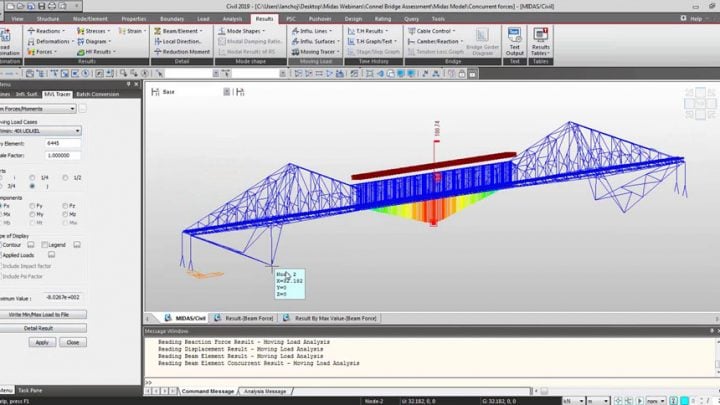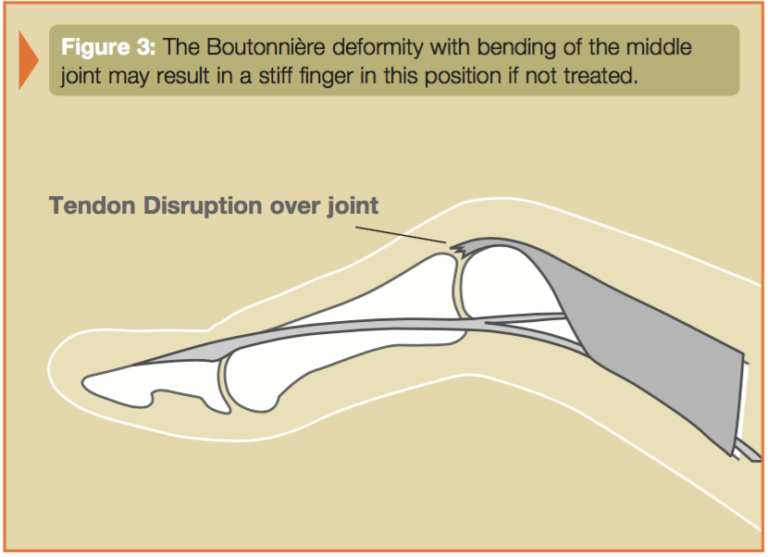
A bunch of diversified articles on the design, analysis, and construction of segmental bridges have been published by many researchers. Significant progress has been made over the years in the development of step-by-step methodologies to account for the time-dependent effects in the analysis of segmental prestressed concrete bridges. The study concludes that creep-induced moment redistribution from simplified traditional formulae typically adopted in the literature may lead to a considerable error in estimating the design time-dependent moment in balanced cantilever bridges.

Main parameters considered are, inter alia, time-dependent effects of creep and shrinkage of concrete, relaxation of prestressed steel, losses due to friction and anchor setting of prestressing tendons, sequence of construction, and construction-driven temporary change of support conditions (where applicable).

Midas Civil commercial package is used to perform time-dependent finite element analyses for the three bridges. Aiming at realistic conclusions, three case-study real-world segmental balanced cantilever bridges over the Nile River in Egypt are elected. The research primary objective is to assess the validity/reliability of commonly used ad-hoc approaches that evolved over the years relying on simplified analyses/formulae to cater for time-dependent creep effects for this type of bridges.

The second approach is through performing real sophisticated step-by-step time-dependent analysis using a specialized software. Time-dependent moments retrieved from these classical methods always reside in an intermediate state falling between the results from “two” time- independent analysis cases, namely, (a) sequentially adding all partial permanent loads and prestressing pertaining to various construction steps using the part-bridge structural system corresponding to each step, and (b) assuming all loads and prestressing forces to be applied at-once to the final completed bridge. The first is a family of varied simplified methods typically known to practicing designers and with pre-consensus on their reliability and effectiveness. In essence, despite some apparent diversity, there are basically two key conventional approaches to compute the design time-dependent moment accounting for creep effects for this type of bridges. Assessing available numerical techniques adopted to determine the design time-dependent moment for prestressed concrete segmental bridges constructed by the balanced cantilever method is of utmost importance to the bridge design community.


 0 kommentar(er)
0 kommentar(er)
